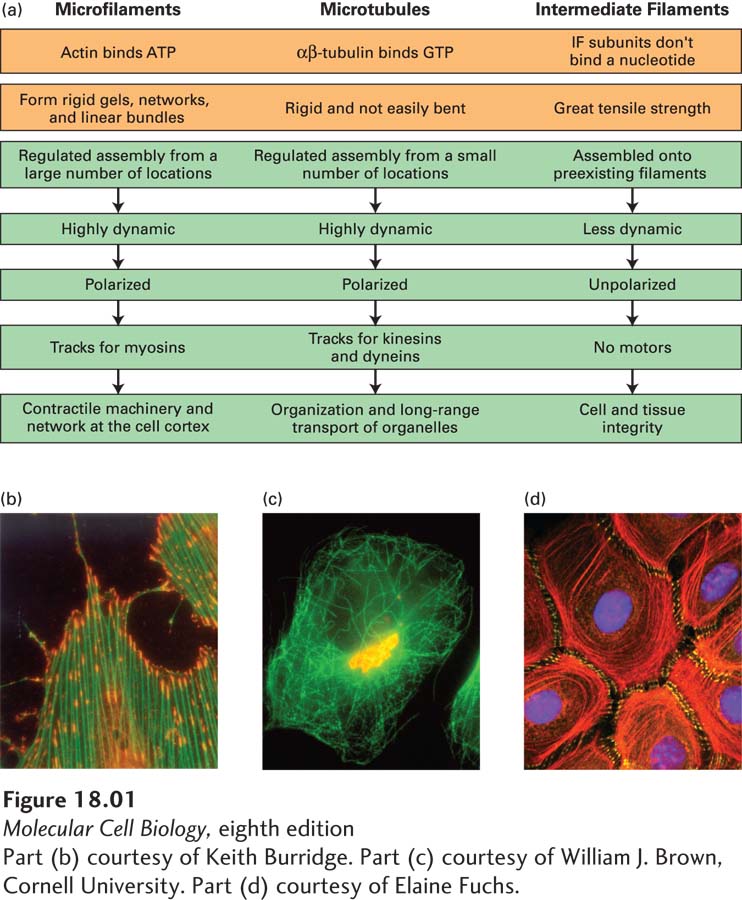
FIGURE 18- b–
[Part (b) courtesy of Keith Burridge. Part (c) courtesy of William J. Brown, Cornell University. Part (d) courtesy of Elaine Fuchs.]